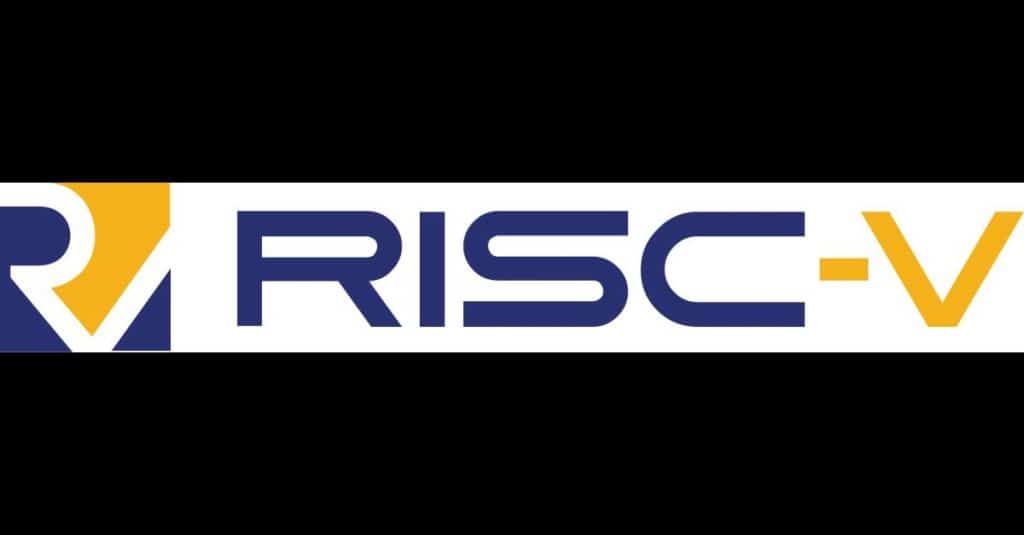Can you imagine how different the tech industry would have been without open-source solutions? I wouldn’t even imagine, and I wouldn’t like to either. Open source defines technological advancements because of its core nature: being publicly accessible and available to adopt and modify, thus making it a versatile option. Even industry giants like Alphabet (the parent company of Google) rely on open-source projects to improve or be adopted in their solutions. Some popular free apps like Audacity and VLC, among others, are open source. Open-source projects are mainly free to use, and that is what defines them. Big companies’ products are primarily closed-source and copyrighted, and they ask for a fee to use them or have full access. However, these companies use, partially or entirely, open-source code or projects for their products.
RISC-V steps open-source a bit further, mainly on processors. RISC-V (V is the number five in Roman numerals) is an open-source instruction set architecture (ISA) used to develop custom processors for various applications, from embedded designs to supercomputers utilizing the RISC architecture. As you may know, the main computer architectures are RISC (Reduced Instruction Set Computer) and CISC (Complex Instruction Set Computer). Both have advantages and disadvantages, but because of their nature, CISC is mainly used on desktops and RISC in devices where mobility and low-power consumption are essential, such as smartphones. ARM is likely the most well-known RISC adopter. Things are too complex to be explained thoroughly, but I won’t dive into the depths to keep this article as easy as it gets.

RISC-V was initially developed at the University of California, Berkley, in 2010. It is considered the fifth generation of processors built on the RISC concept (that’s why it’s called RISC-Five). Although it was initially designed for academic use, it evolved into a standard and, since 2015, is managed by RISC-V International. In 2019, its headquarters moved to Switzerland, thus making it neutral to governance regulations and freely available without limitations worldwide. It would be best to mark this as essential considering the US regulations against mainly China. RISC-V is an open-source and royalty-free standard.
The RISC-V ISA is steadily evolving and being adopted by more industries, thus making it a viable and flexible standard. Keeping its open-source identity assists it in dealing successfully with challenging tasks that arise with a demanding project as it is. It is an excellent option for demanding industry standards such as data centers, automotive, and aerospace applications. The RISC-V ISA is an interesting standard because of its open-source, neutral governance, and royalty-free character. Recently, laptops utilizing its platform have been launched, and it is said that companies affected by US sanctions will adopt its ISA. RISC-V has to deal with many challenges that arise and has to keep up with them, but its future seems bright. We expect to see outstanding achievements and advances in its field. Open-source was always a standard, and RISC-V appears to be here to stay. RISC-V’s future is promising.


